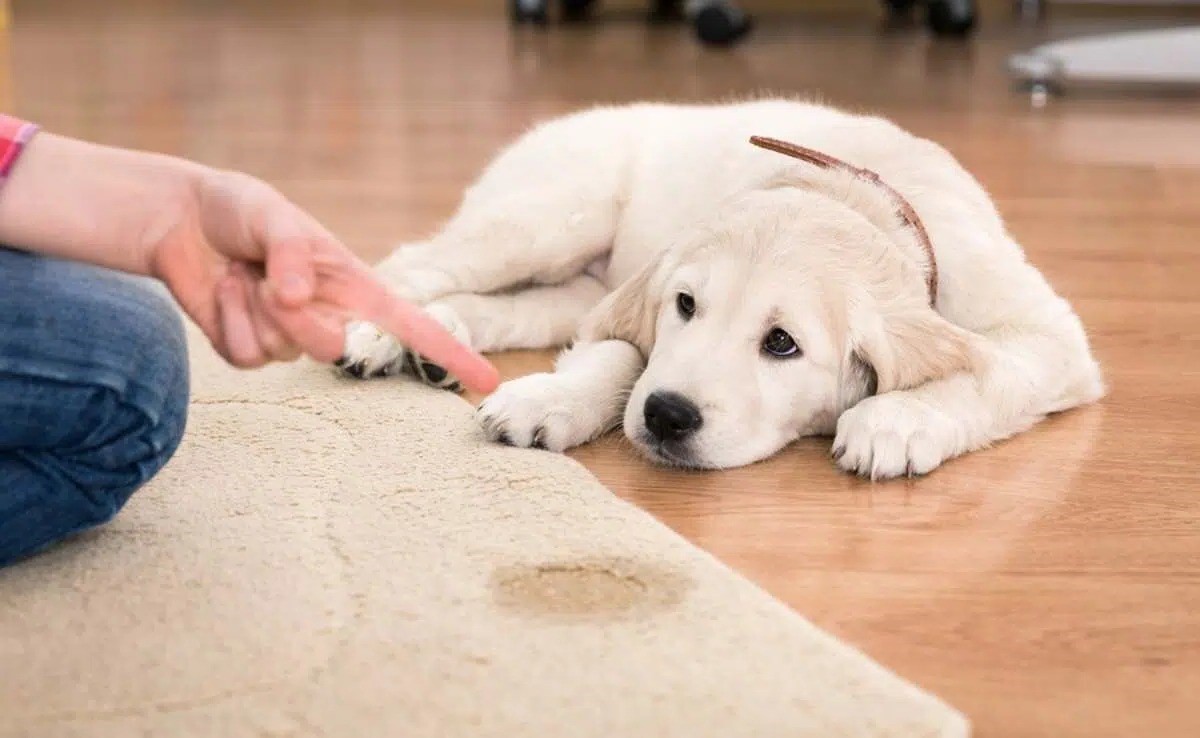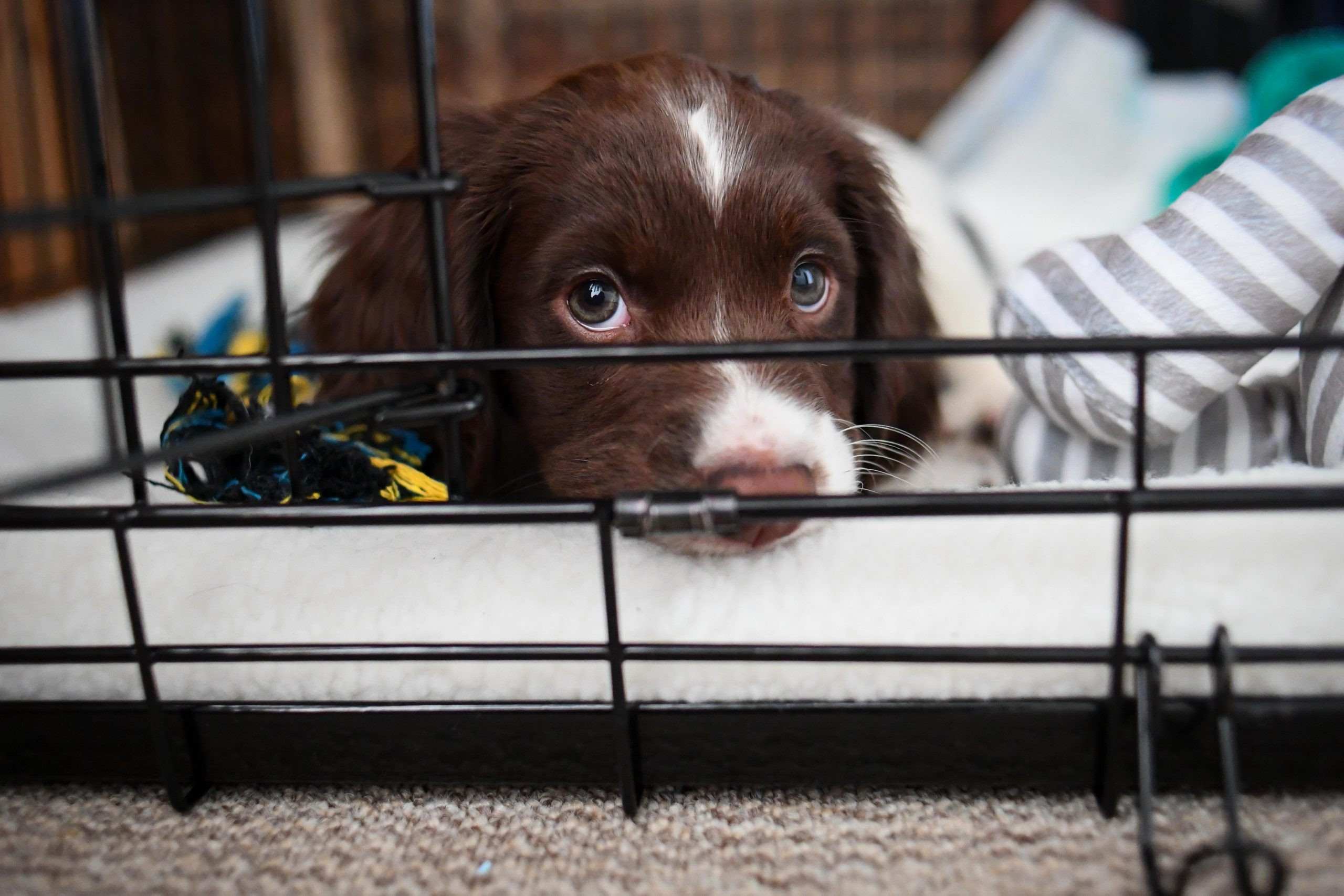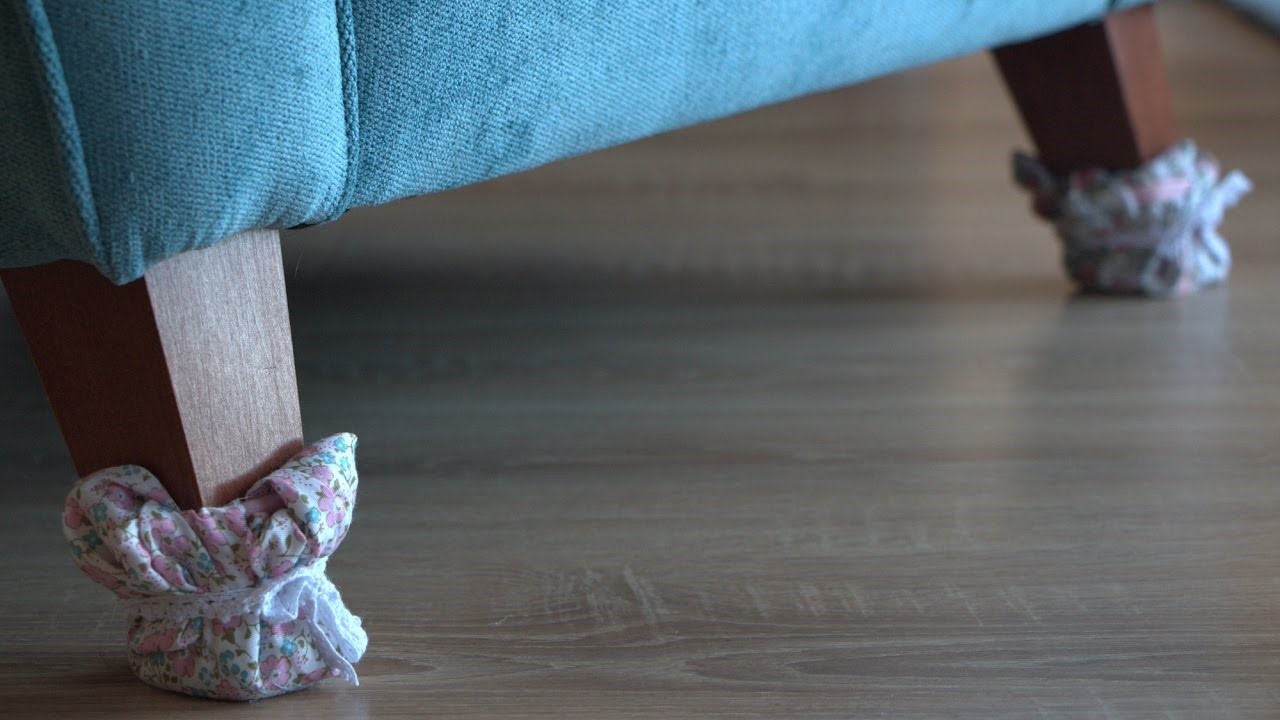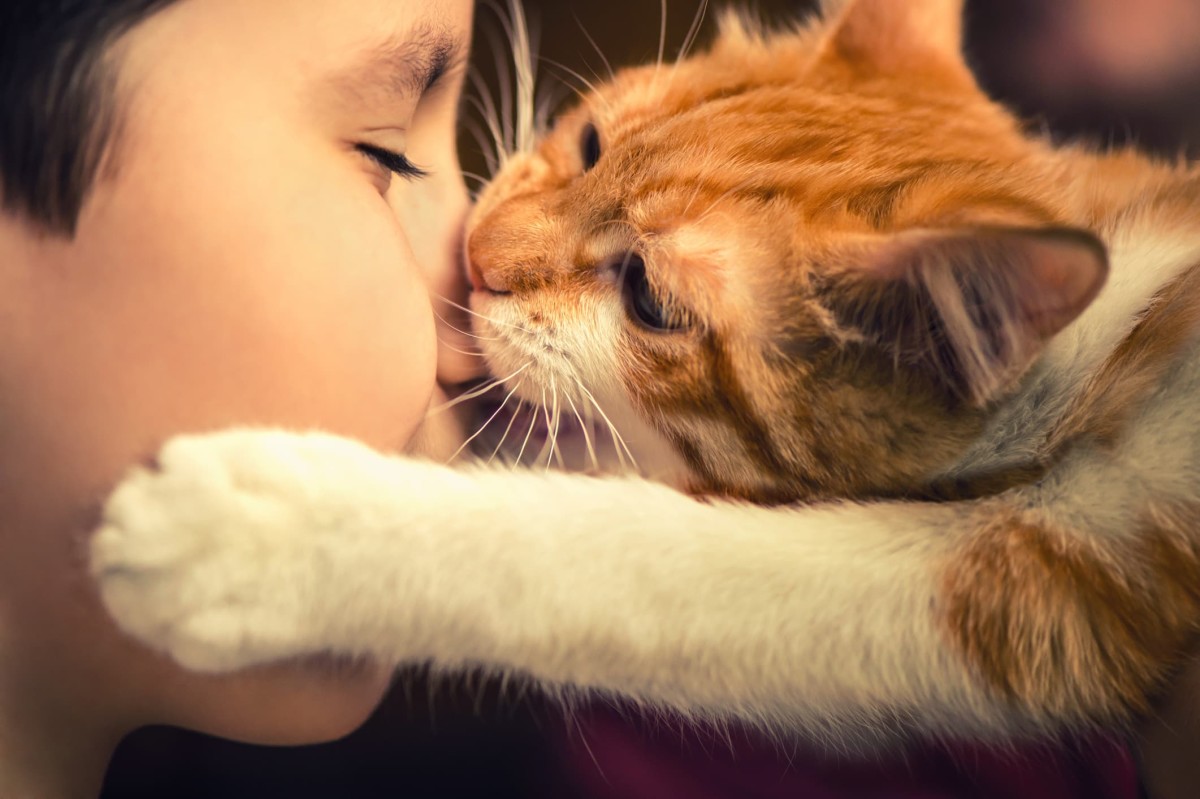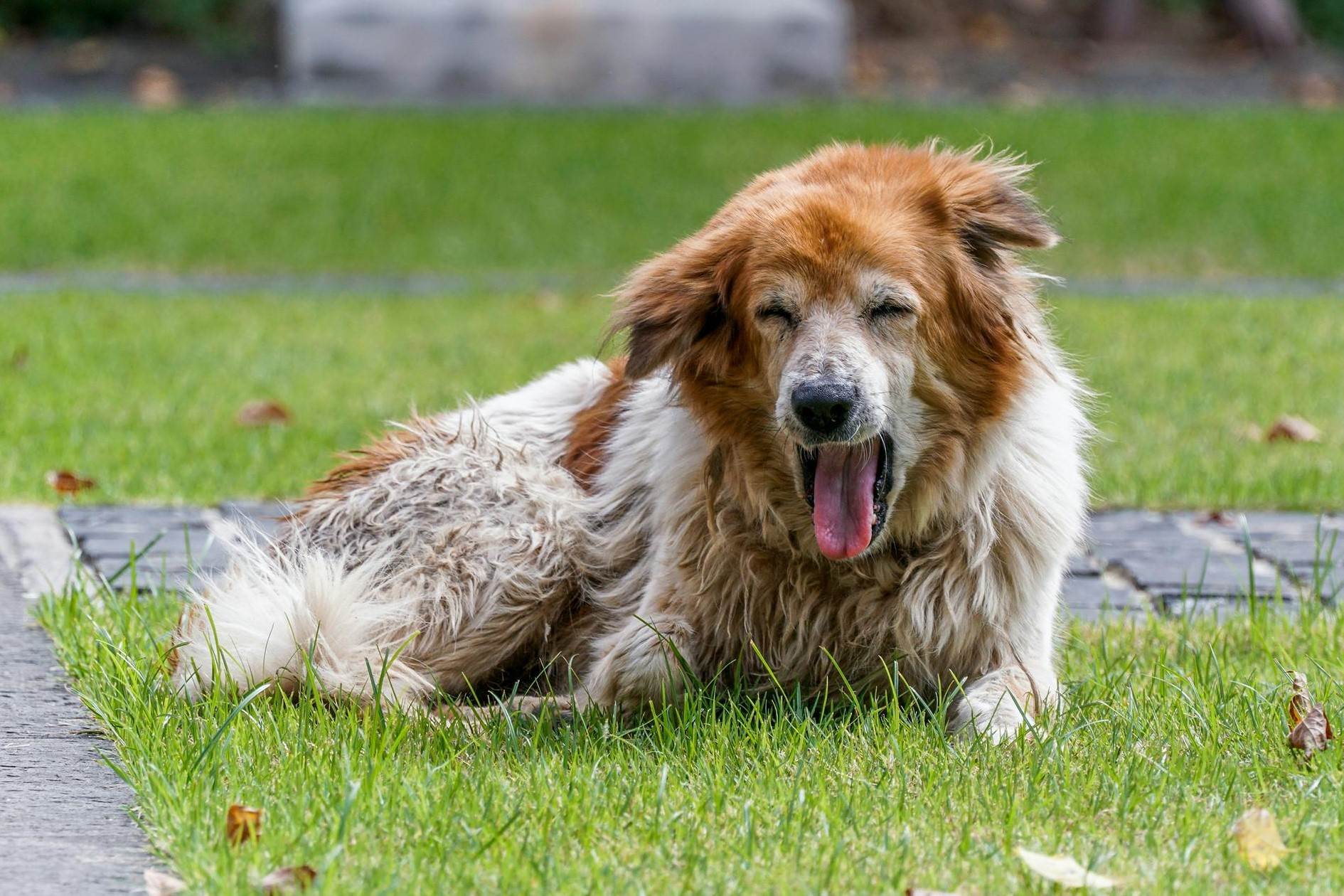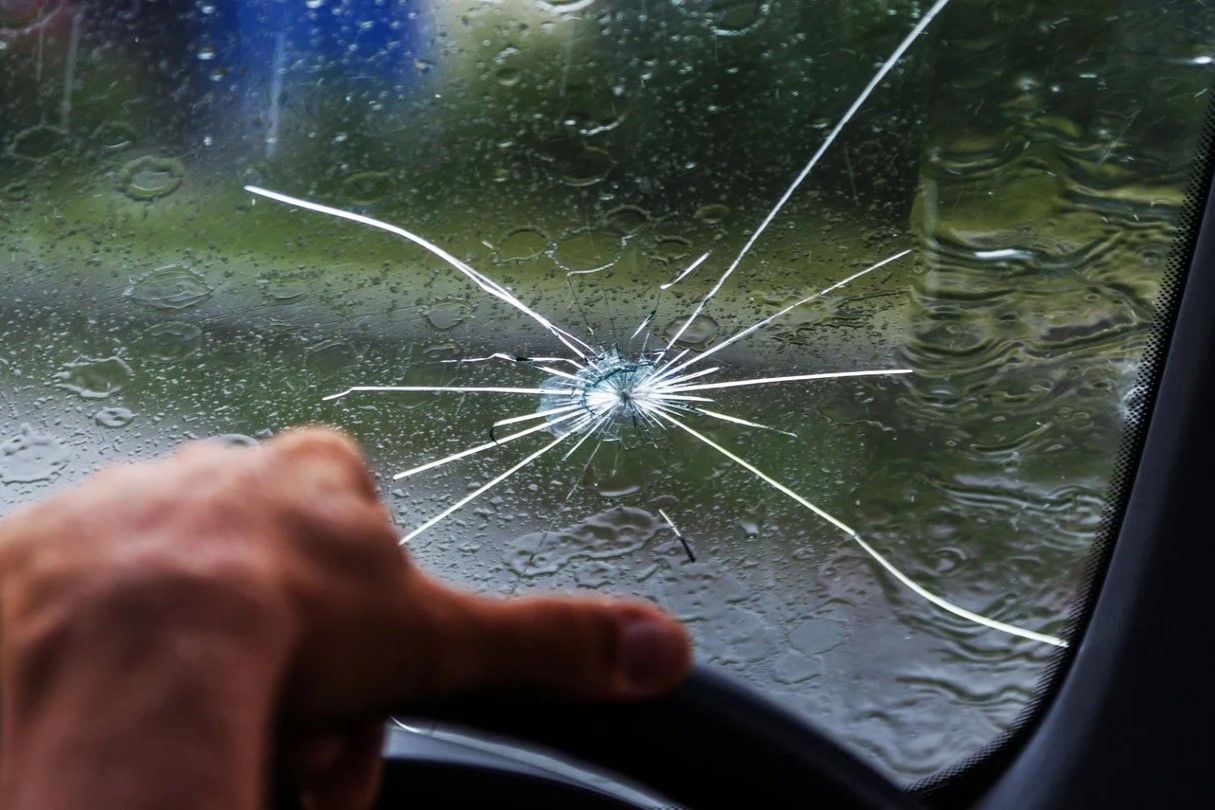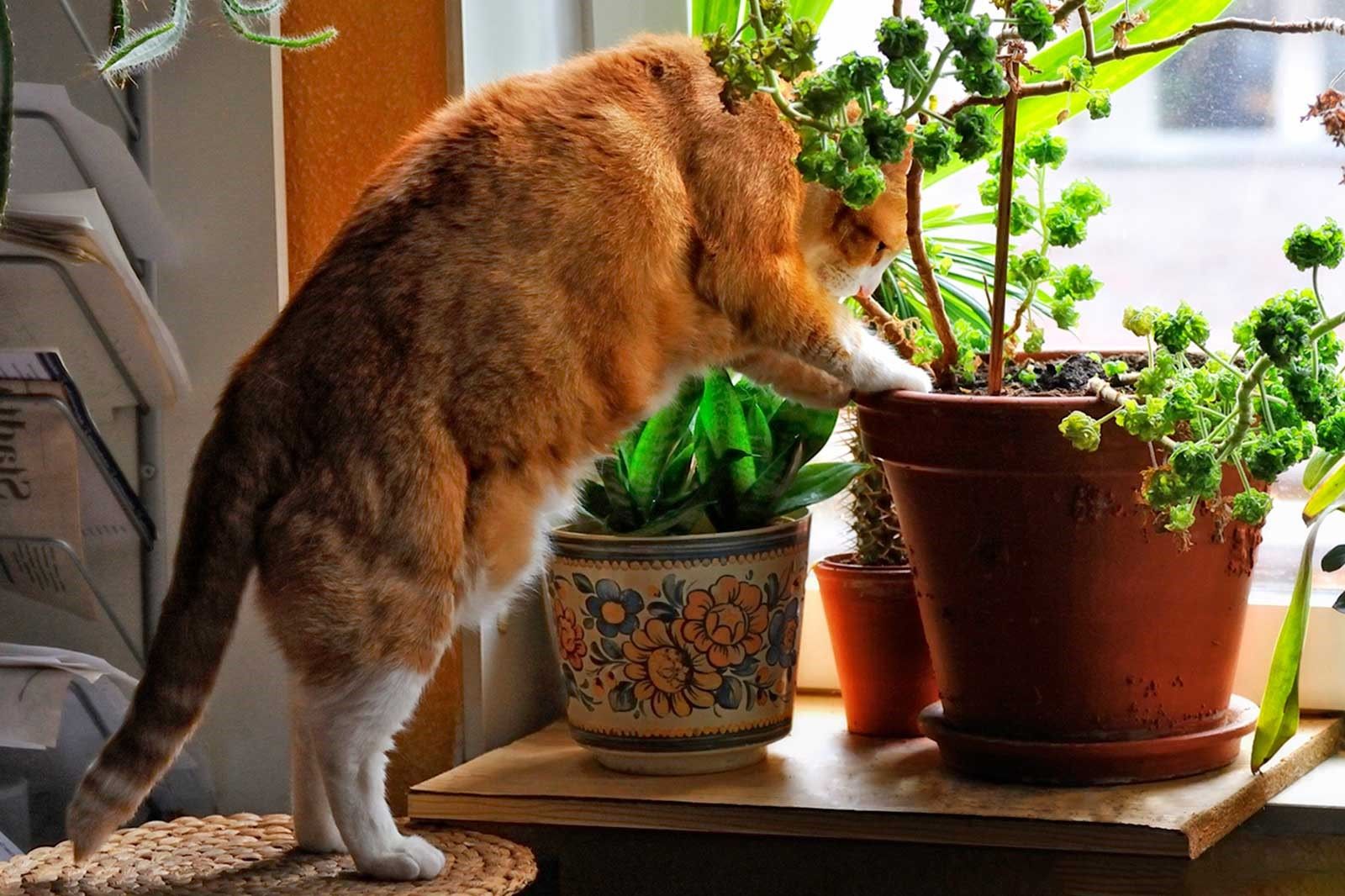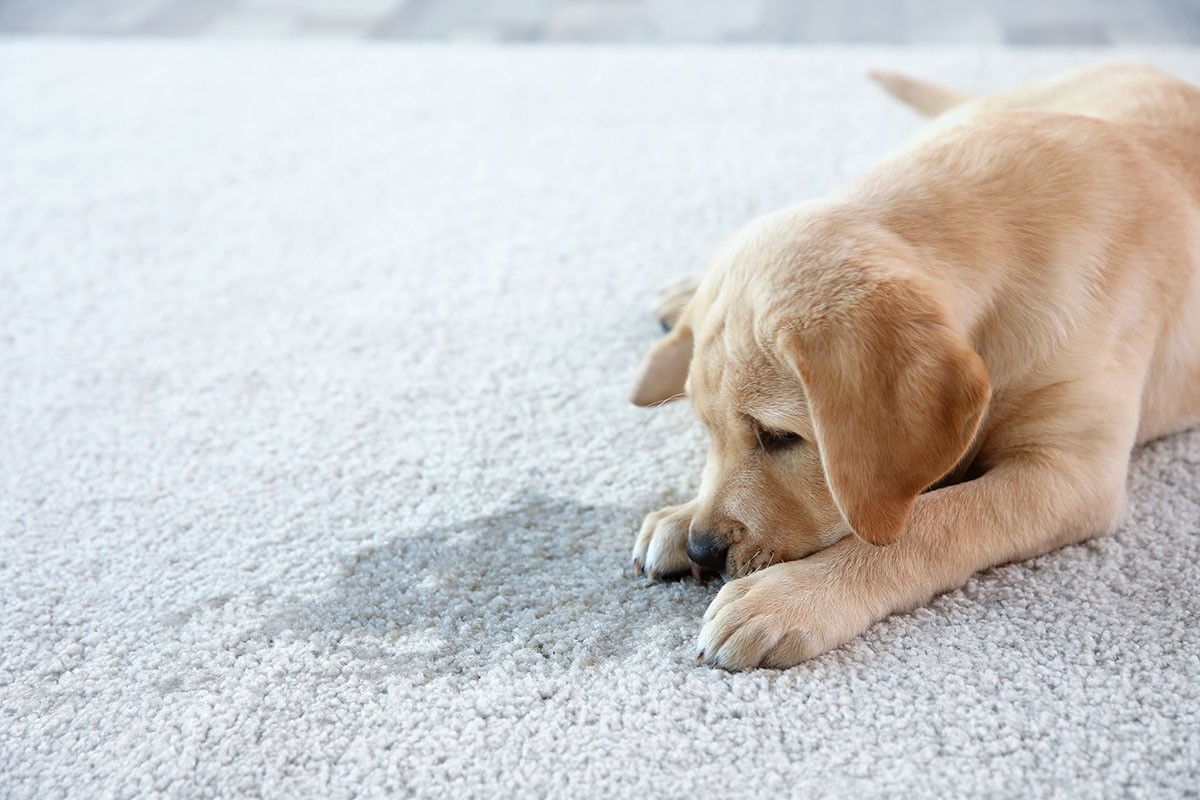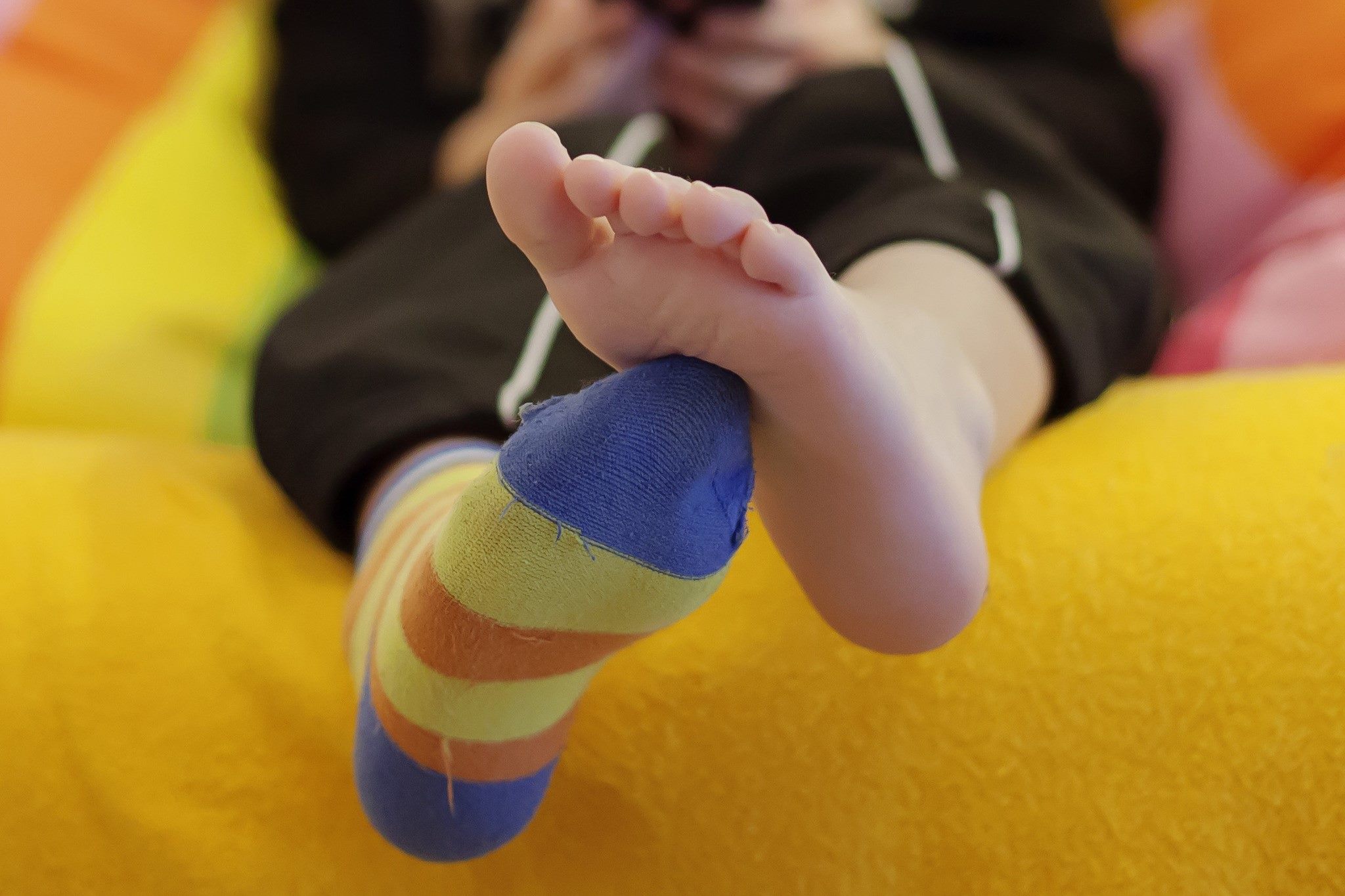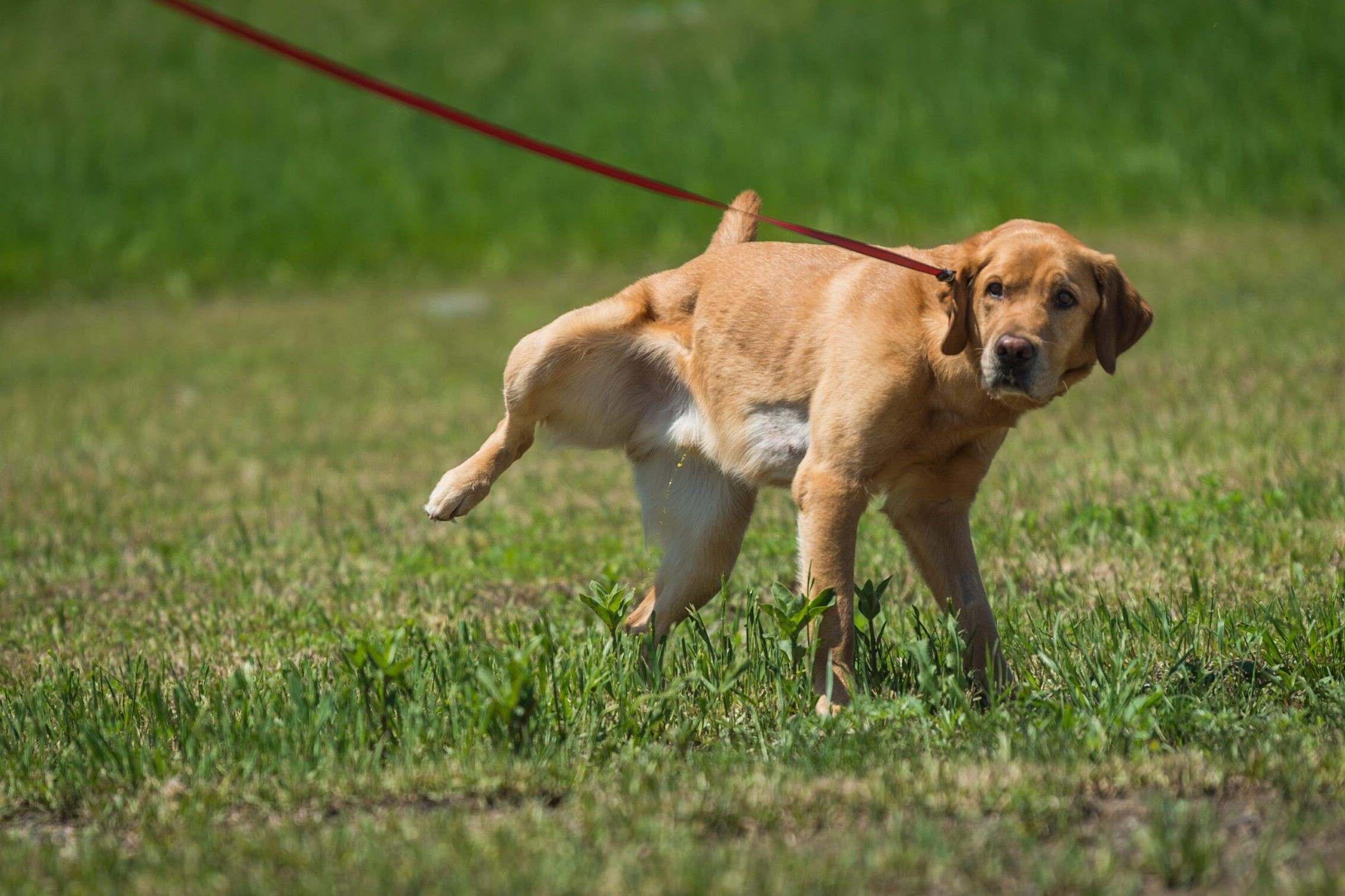Home>Pets & Animals>How To Stop Your Dog From Eating Cat Poop
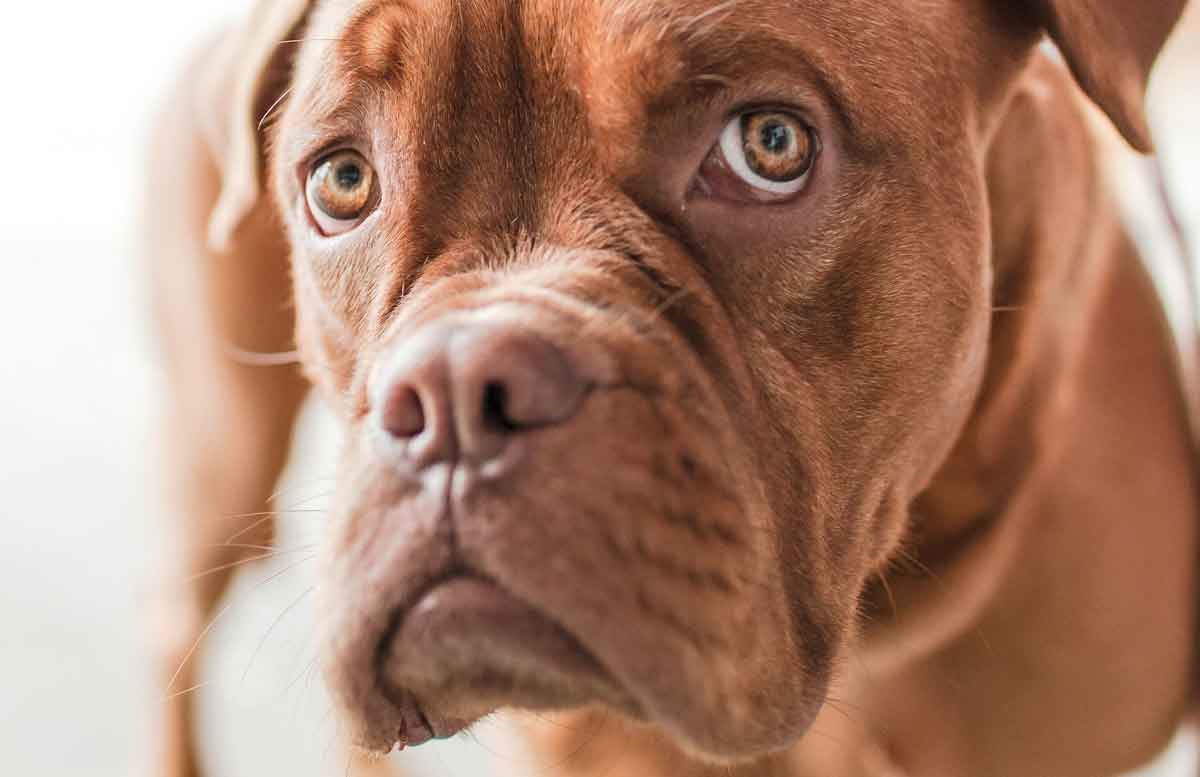

Pets & Animals
How To Stop Your Dog From Eating Cat Poop
Published: March 7, 2024
Learn effective ways to prevent your dog from eating cat poop. Discover expert tips and solutions for a cleaner and healthier environment for your pets.
(Many of the links in this article redirect to a specific reviewed product. Your purchase of these products through affiliate links helps to generate commission for Noodls.com, at no extra cost. Learn more)
Table of Contents
Introduction
Dealing with a dog that has a penchant for consuming cat feces can be a perplexing and frustrating experience for pet owners. This behavior, known as coprophagia, is not only unpleasant but also poses potential health risks to the dog. As a responsible pet owner, it's essential to understand why dogs engage in this behavior and how to effectively address it.
The instinctual attraction to cat feces is a common issue among dogs, and it often stems from their natural scavenging tendencies. While the exact reasons behind this behavior may vary, it's crucial to recognize that it is a normal part of canine behavior that can be managed with the right approach.
In this comprehensive guide, we will delve into the underlying reasons for this behavior, provide practical tips for preventing access to cat poop, discuss effective training methods, and highlight the importance of considering the dog's health in addressing this issue. By gaining a deeper understanding of your dog's behavior and implementing the strategies outlined in this article, you can effectively curb this undesirable habit and ensure the well-being of your beloved canine companion.
Read more: How To Stop Dogs From Whining
Understanding the Behavior
Dogs have a remarkable sense of smell, and they are naturally drawn to scents that pique their curiosity. This innate behavior often leads them to explore and investigate their surroundings, including the feces of other animals. When it comes to cat feces, dogs are particularly attracted to the strong odor and the residual nutrients present in the waste. This instinctual attraction to cat poop is rooted in their evolutionary history as scavengers and hunters.
From a biological standpoint, dogs are known to have a highly developed sense of taste, and they use this ability to discern and explore various scents and flavors. While the idea of consuming cat feces may seem repulsive to humans, dogs perceive it differently. To them, the scent and taste of cat feces may be intriguing and even appealing, leading them to engage in coprophagia.
Furthermore, dogs are social animals that often exhibit behaviors influenced by their interactions with other members of their pack. In a multi-pet household, the presence of cats and dogs can create a dynamic where dogs may view cat feces as a source of intrigue or even competition. This can lead to a dog consuming cat feces as a means of asserting dominance or simply out of curiosity.
It's important to note that coprophagia is not exclusive to dogs living in multi-pet households. Even in single-pet environments, dogs may develop a habit of consuming cat feces due to various factors such as boredom, stress, or a lack of proper stimulation and enrichment.
Understanding the underlying reasons for this behavior is crucial in addressing it effectively. By recognizing the natural instincts and social dynamics that drive dogs to consume cat feces, pet owners can implement targeted strategies to prevent and manage this behavior. In the following sections, we will explore practical tips for preventing access to cat poop, effective training methods, and the importance of considering the dog's health in addressing coprophagia.
Tips for Preventing Access to Cat Poop
Preventing access to cat poop is a fundamental aspect of managing a dog's inclination towards coprophagia. Implementing proactive measures to restrict your dog's access to cat feces can significantly reduce the likelihood of this behavior. Here are practical tips to help you effectively prevent access to cat poop:
-
Litter Box Placement: If you have a multi-pet household, consider strategically placing the litter box in an area that is inaccessible to your dog. Elevated or enclosed litter boxes can serve as effective deterrents, as they allow cats to access their litter while preventing dogs from reaching the feces.
-
Supervision and Monitoring: Keeping a close eye on your dog when they are in the vicinity of the litter box can help prevent unsanctioned access to cat feces. Supervision is particularly crucial during the initial stages of addressing coprophagia, as it allows you to intervene and redirect your dog's attention when necessary.
-
Use of Barriers: Installing physical barriers, such as baby gates or pet doors with selective access, can help create separate spaces for cats and dogs. By restricting your dog's entry to areas where the litter box is located, you can effectively prevent them from reaching the cat feces.
-
Behavioral Training: Implementing positive reinforcement training techniques can help modify your dog's behavior and discourage them from approaching the litter box. By rewarding desirable behaviors and redirecting their attention towards engaging activities, you can gradually diminish their interest in consuming cat feces.
-
Consistent Cleanup: Regularly cleaning the litter box and promptly disposing of cat feces can minimize the opportunity for your dog to engage in coprophagia. Maintaining a clean and odor-free litter box environment reduces the allure of cat feces and reinforces the message that this behavior is not rewarded.
-
Distraction and Enrichment: Providing your dog with ample mental and physical stimulation through interactive toys, puzzle feeders, and engaging activities can divert their focus away from the litter box. Enriching your dog's environment with stimulating experiences can help alleviate boredom and reduce the likelihood of seeking out cat feces.
-
Utilize Scent Deterrents: Introducing scent deterrents near the litter box, such as citrus-based sprays or natural repellents, can help deter dogs from approaching the area. These scents are often unappealing to dogs and can serve as a deterrent to discourage them from consuming cat feces.
By implementing these practical tips and consistently reinforcing positive behaviors, pet owners can effectively prevent their dogs from accessing cat poop and mitigate the occurrence of coprophagia. It's important to approach this issue with patience and persistence, as modifying a dog's behavior requires time, consistency, and a proactive approach to environmental management.
Training and Redirecting Behavior
Training and redirecting a dog's behavior away from consuming cat feces requires a multifaceted approach that combines positive reinforcement, consistent training techniques, and environmental management. By implementing targeted training methods, pet owners can effectively modify their dog's behavior and redirect their focus towards more desirable activities.
One of the key principles of training and redirecting behavior is the use of positive reinforcement. This involves rewarding the dog for exhibiting desirable behaviors while withholding rewards for undesirable actions. When addressing coprophagia, it's essential to praise and reward the dog for ignoring the litter box and engaging in alternative activities. This positive reinforcement helps create a strong association between desirable behaviors and positive outcomes, encouraging the dog to repeat those behaviors in the future.
Redirecting a dog's attention away from the litter box and cat feces requires proactive intervention and the use of engaging distractions. Interactive toys, puzzle feeders, and mentally stimulating activities can captivate the dog's interest and redirect their focus away from the litter box. By providing engaging alternatives, such as chew toys or interactive play sessions, pet owners can effectively shift the dog's attention towards more appropriate and rewarding activities.
Consistency is paramount when implementing training and redirection techniques. Establishing clear boundaries and consistently reinforcing positive behaviors helps convey the message that consuming cat feces is not acceptable. Through consistent training and environmental management, pet owners can gradually diminish the dog's inclination towards coprophagia and foster more desirable behaviors.
In addition to positive reinforcement and redirection, it's crucial to address any underlying issues that may contribute to the dog's attraction to cat feces. Boredom, stress, or a lack of mental stimulation can exacerbate the likelihood of coprophagia. By addressing these underlying factors through increased exercise, mental enrichment, and interactive play, pet owners can help alleviate the dog's impulse to seek out cat feces.
Furthermore, enlisting the expertise of a professional dog trainer or behaviorist can provide valuable insights and personalized strategies for addressing coprophagia. A qualified professional can assess the dog's behavior, identify specific triggers for coprophagia, and tailor a training plan to effectively redirect the dog's behavior.
By combining positive reinforcement, consistent training, environmental management, and addressing underlying factors, pet owners can successfully train and redirect their dog's behavior away from consuming cat feces. This holistic approach not only curbs the undesirable habit of coprophagia but also fosters a positive and enriching relationship between the pet owner and their canine companion.
Health Considerations
When addressing a dog's inclination towards consuming cat feces, it is imperative to consider the potential health implications associated with coprophagia. While the behavior itself may be unappealing to pet owners, it can also pose significant health risks to the dog. Understanding these health considerations is essential in safeguarding the well-being of the canine companion.
One of the primary health concerns related to coprophagia is the risk of ingesting parasites and pathogens present in cat feces. Cats are susceptible to harboring parasites such as Toxoplasma gondii and internal parasites like roundworms and hookworms. When a dog consumes cat feces contaminated with these parasites, it can lead to the transmission of harmful pathogens and the potential development of parasitic infections. These infections can compromise the dog's gastrointestinal health and overall well-being, necessitating veterinary intervention and treatment.
In addition to parasitic risks, the act of consuming cat feces can also disrupt the dog's digestive system and lead to gastrointestinal distress. The ingestion of foreign matter, including undigested cat food and litter particles, can cause digestive upset, vomiting, diarrhea, and abdominal discomfort. Prolonged exposure to cat feces can exacerbate these digestive issues and impact the dog's nutritional absorption, potentially leading to malnutrition and dehydration.
Furthermore, the consumption of cat feces can introduce bacteria and toxins into the dog's system, increasing the risk of bacterial infections and gastrointestinal disturbances. The presence of harmful bacteria in cat feces, such as Salmonella and E. coli, can pose significant health hazards to dogs, potentially resulting in bacterial overgrowth in the gut and subsequent health complications.
Beyond the immediate health risks, persistent coprophagia can also have long-term implications for the dog's overall well-being. The behavior may indicate underlying nutritional deficiencies, behavioral stress, or compulsive tendencies that require thorough evaluation and intervention. Addressing coprophagia from a health perspective involves not only preventing access to cat feces but also identifying and addressing any underlying health or behavioral issues that may contribute to the behavior.
In light of these health considerations, pet owners should prioritize proactive measures to prevent coprophagia and safeguard their dog's health. This includes implementing strategies to restrict access to cat feces, maintaining a clean and sanitary environment, and seeking veterinary guidance to address any potential health concerns arising from coprophagia.
By recognizing the health implications of coprophagia and taking proactive steps to mitigate the risks, pet owners can prioritize their dog's well-being and foster a healthy and thriving companion animal. It is essential to approach coprophagia with a holistic perspective that encompasses both behavioral management and health considerations, ensuring the long-term health and happiness of the canine companion.
Read more: How To Stop A Dog From Digging
Conclusion
In conclusion, addressing a dog's inclination towards consuming cat feces, known as coprophagia, requires a multifaceted approach that encompasses understanding the behavior, implementing proactive strategies, training and redirecting behavior, and considering the associated health implications. By gaining insight into the underlying reasons for this behavior and taking targeted measures to prevent access to cat poop, pet owners can effectively manage and mitigate coprophagia.
Understanding the instinctual attraction of dogs to cat feces, rooted in their scavenging tendencies and social dynamics, provides a foundation for addressing this behavior. By recognizing the natural instincts and social dynamics that drive dogs to consume cat feces, pet owners can implement targeted strategies to prevent and manage this behavior. This understanding serves as a crucial starting point for developing effective solutions.
Practical tips for preventing access to cat poop, such as strategic litter box placement, supervision, use of barriers, behavioral training, consistent cleanup, distraction, enrichment, and scent deterrents, offer actionable methods for pet owners to proactively manage their dog's behavior. These strategies not only prevent access to cat feces but also contribute to creating a stimulating and enriching environment for the dog.
Training and redirecting a dog's behavior away from consuming cat feces involve the use of positive reinforcement, consistent training techniques, and addressing underlying factors such as boredom and stress. By combining positive reinforcement, consistent training, environmental management, and addressing underlying factors, pet owners can successfully train and redirect their dog's behavior away from consuming cat feces.
Furthermore, considering the health implications associated with coprophagia is paramount in safeguarding the well-being of the canine companion. The risks of ingesting parasites, disrupting the digestive system, and introducing harmful bacteria underscore the importance of addressing coprophagia from a health perspective. By recognizing these health considerations and taking proactive steps to mitigate the risks, pet owners can prioritize their dog's well-being and foster a healthy and thriving companion animal.
In essence, addressing coprophagia requires a comprehensive approach that integrates behavioral management, environmental strategies, training techniques, and health considerations. By implementing the insights and strategies outlined in this guide, pet owners can effectively address coprophagia and ensure the well-being of their beloved canine companions. With patience, persistence, and a proactive approach, pet owners can successfully manage and mitigate coprophagia, fostering a harmonious and enriching relationship with their dogs.
